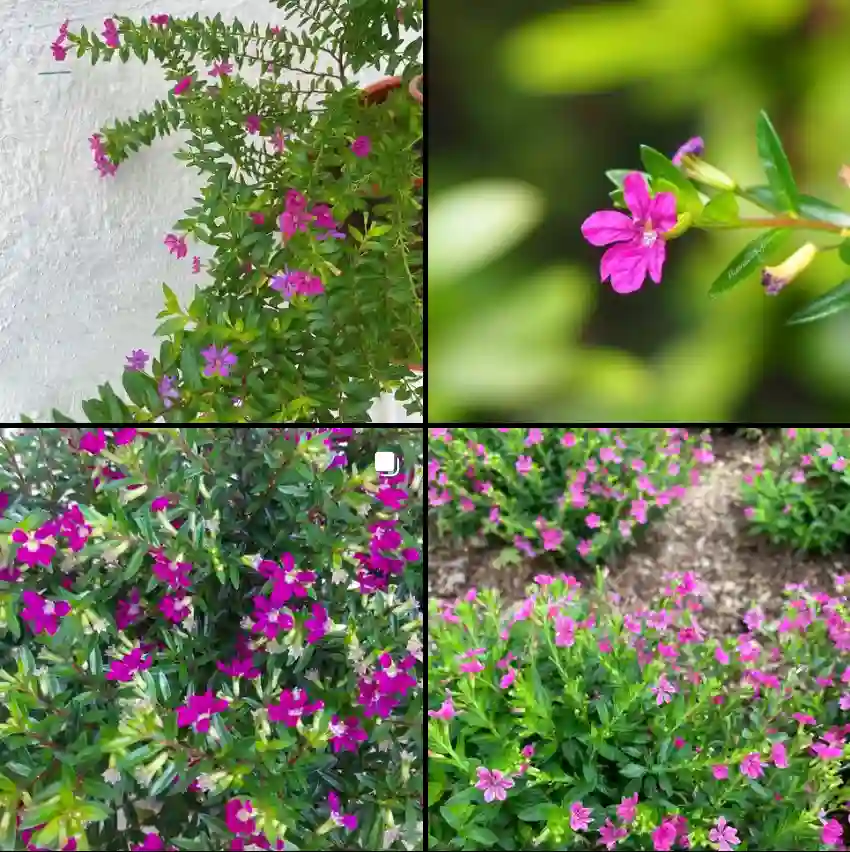What is Ficus Sycomorus?
The Ficus sycomorus, also known as the Sycamore Fig or Fig-Mulberry, has captivated me for years. This majestic tree, with its sprawling branches and intriguing history, isn’t just another houseplant. It’s a living testament to resilience and cultural significance.
The Ficus sycomorus is a sight to behold. Towering up to 20 meters tall, it boasts a dense, round crown that creates a welcome shade. Its heart-shaped leaves, with a smooth, glossy texture, spiral gracefully around the branches. Unlike its close relative, the common fig, the Ficus sycomorus produces small, inedible fruits that favor pollinating wasps over human taste buds.
This magnificent tree thrives in warm climates, particularly across Africa and the Middle East. It prefers well-drained soil and flourishes near water sources like streams and rivers. Interestingly, the Ficus sycomorus has a special relationship with these pollinating wasps. Its unique fruit structure provides a safe haven for the wasps to lay their eggs, ensuring the continuation of both species.
880 Species in Genus Ficus
Beyond Aesthetics: Uses and Benefits
Beyond its undeniable beauty, the Ficus sycomorus offers a multitude of benefits. In its native regions, the tree plays a vital role in the ecosystem. Its dense canopy provides shade for animals, and its fruit serves as a food source for birds and mammals. Additionally, the Ficus sycomorus is known for its strong, durable wood, which has been used for centuries in construction and furniture making.
More recently, the Ficus sycomorus has gained popularity as a bonsai specimen. Its ability to be trained and sculpted into miniature versions of its grand form makes it a favorite among enthusiasts.
A Deeply Rooted History: Symbolism and Cultural Significance
The Ficus sycomorus transcends its physical presence. It holds a profound place in various cultures throughout history. In ancient Egypt, the tree was associated with the goddess Hathor, symbolizing fertility and rebirth. Its long lifespan and resilience made it a sacred symbol of life and strength.
Similarly, the Ficus sycomorus finds mention in the Bible, where it’s referred to as the sycamore. Some scholars believe it was under this very tree that Zacchaeus, a tax collector, climbed to catch a glimpse of Jesus.
What Does Ficus Sycomorus Mean in Hebrew?
The name “Ficus sycomorus” itself carries a hint of its historical significance. “Ficus” is the Latin word for fig, while “sycomorus” comes from the Greek “sykon” (fig) and “moros” (mulberry), reflecting the resemblance of its leaves to the mulberry tree.
But what about the Hebrew name for this tree? This is where the mystery deepens. There seems to be some debate among scholars regarding the exact Hebrew term associated with the Ficus sycomorus. Some sources suggest it might be “shikmah” or “sheqamayim,” both referring to a type of fig tree.
Further research into ancient texts and botanical references could shed more light on this intriguing aspect of the tree’s history.
How to care for Ficus Sycomorus?
If you’re captivated by the Ficus sycomorus and wish to cultivate this wonder in your own home, fret not! This tree is surprisingly adaptable to indoor environments. Here are some basic tips for its care:
- Light: The Ficus sycomorus prefers bright, indirect sunlight. Avoid placing it in direct sunlight, which can scorch the leaves.
- Water: Water your Ficus sycomorus regularly, allowing the top inch of soil to dry out between waterings. Overwatering can lead to root rot.
- Soil: Use a well-draining potting mix to ensure proper aeration and prevent waterlogging.
- Temperature: The Ficus sycomorus thrives in warm temperatures, ideally between 65°F and 80°F (18°C – 27°C).
- Humidity: Moderate humidity levels are ideal. If the air is dry, mist the leaves occasionally.
Propagating the Ficus sycomorus can be done through stem cuttings. Take a healthy stem tip with a few leaves and plant it in a pot with moist soil. With proper care, new roots should develop within a few weeks.
If i die, water my plants!



